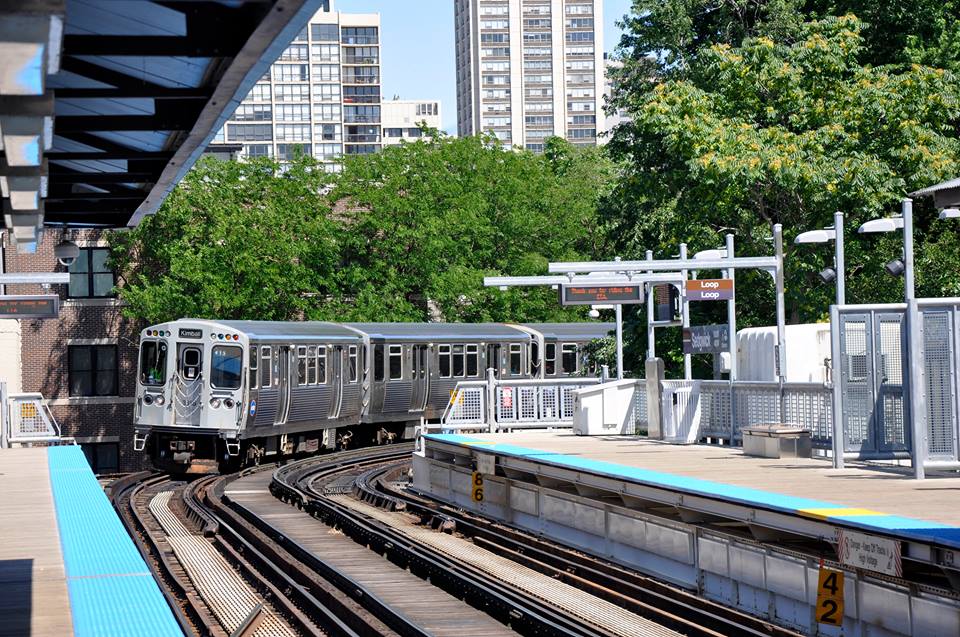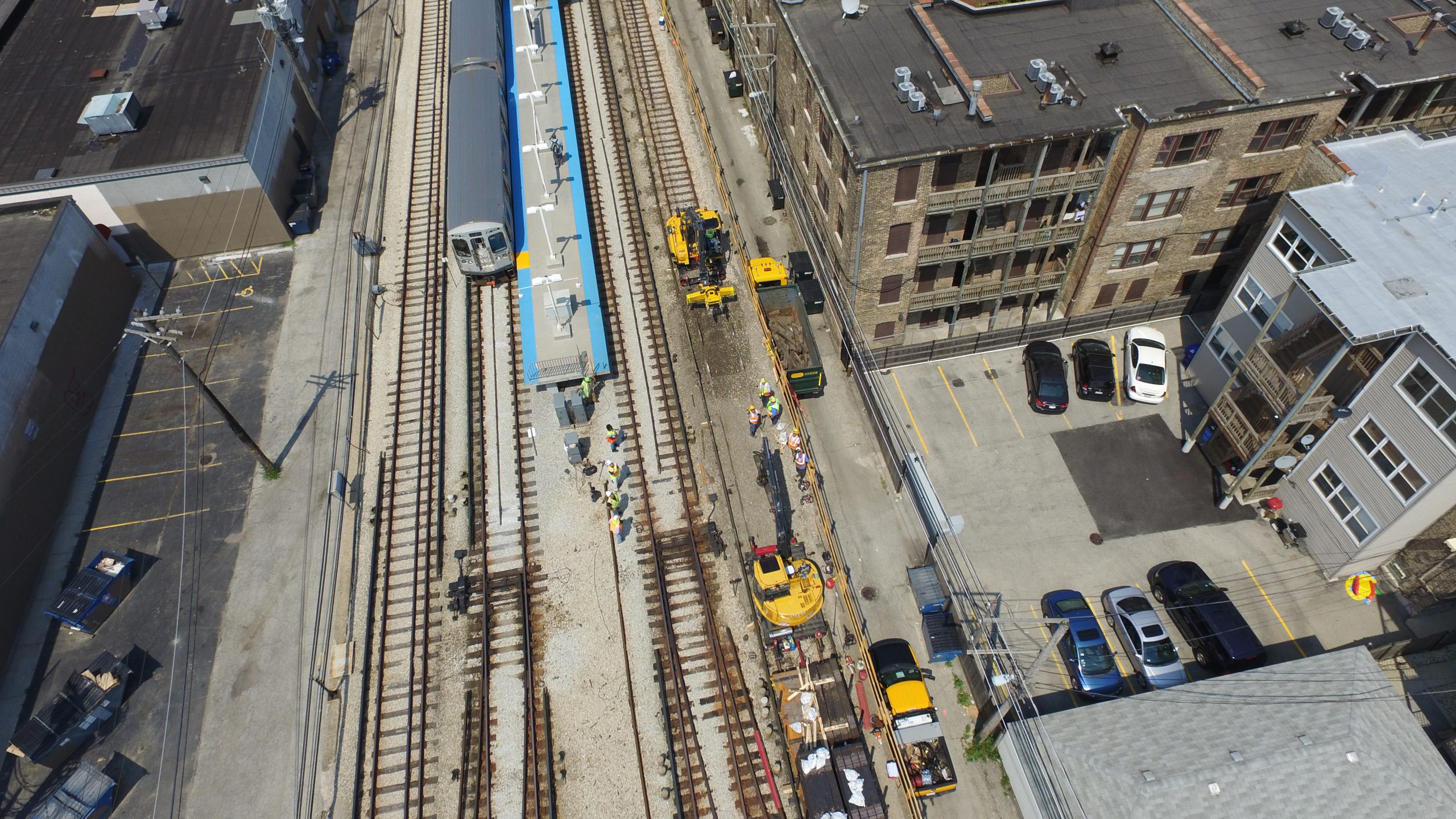CTA O'Hare Signal Renewal
Chicago, Illinois
The CTA embarked on a comprehensive $492 million renovation project, Your New Blue, to upgrade the Blue Line O’Hare Branch infrastructure that stretches over 19 miles from downtown Chicago to O’Hare International Airport. The project consists of five phases:
- Phase 1: Renovations at Damen, Western, and California Stations as well as track work improvements on elevated tracks near Milwaukee Avenue (Substantially Complete)
- Phase 2: Rehab five rail stations: Addison, Irving Park, Montrose, Harlem, and Cumberland
- Phase 3: Upgrades to Milwaukee and East Lake Substations
- Phase 4: Renovations at six stations: Grand, Chicago, Division, Logan Square, Belmont, and Jefferson Park
- Phase 5: Replace signaling system and special trackwork from Jefferson Park station to O’Hare Station
In 2018, CTA awarded the $153M contract to Vinmart Global-Aldridge AJV for work on the O’Hare Resignaling project, which includes upgrading track, stations, signals and traction power and resolving water problems on the subway, elevated and Kennedy Expressway sections of the O’Hare branch. The track and signal work is needed to reduce slow zones on the project’s 12.5-mile section between the Grand and O’Hare stations and provide safe and reliable transport to roughly 90,000 riders daily. Turn-back tracks will also be built at Jefferson Park and UIC Halsted to allow the CTA to short-turn trains during peak travel hours so it can tailor service to meet the heaviest passenger demand. The project covers the geographic footprint of the existing Blue Line O’Hare Branch right-of-way from Jefferson Park station to O’Hare station, a distance of approximately eight miles. This phase will improve overall safety and reliability of the Blue Line by replacing the signal system within this segment as well as special trackwork elements and other associated equipment. The new equipment will provide bi-directional protection and enable a reduction in minimum headways. Phase 5 will facilitate train movements and allow the slow zone, required for safe operation, to be lifted, improving reliability and maintaining safety on the Blue Line overall.

